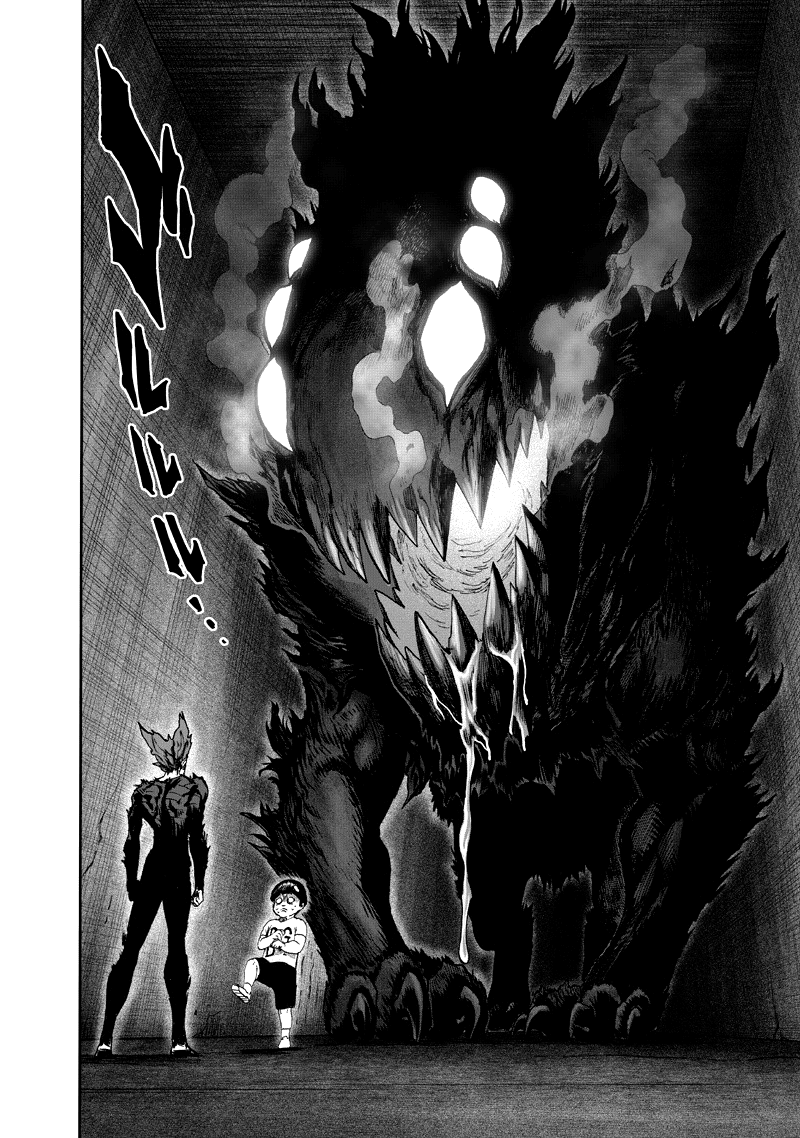Jingelor
Basic Information
Biological Traits
Its strongest trait is its sense of smell, being able to sniff out people a mile away and detecting a person's blood type and even DNA. They used to have the ability to change the colour of their fur, very much like the Lovani, allowing them to camouflage but only the wildest of the creature still possess that trait.
Ecology and Habitats
Their original habitat was that of forests, forever forests and petrified forests, where they would find and hunt down prey from impossible distances and lengths of time.
Dietary Needs and Habits
They're carnivorous but require surprisingly little to survive.
Additional Information
Social Structure
They live lives similar to lizards, living basically by themselves, coming together for mating purposes.
Domestication
Their domestication has perhaps caused some of the biggest changes in the creature's biology than any creature on the continent, their sizes greatly reduced, the need to hunt reduced further.
Uses, Products & Exploitation
Their prime use being for examining a person's blood. There is no greater method of checking a man or woman's bloodline than the Jingelor. Once it smells a person's blood it can detect any creature of the same DNA from brothers and sisters to distant cousins, its reactions measuring exactly how connected relation is. Either fields of study are set around these reactions as entire kingdoms can rise and fall upon them.
Facial characteristics
They look like a hybrid between a pincher, a T-rex and a horse with its head matching that of a pincher and it's body horse like as it moves on all fours but with large hind legs which allow it burst forwards and even stand as a T-rex would.
Geographic Origin and Distribution
They are distributed across the Throne. With their wild being imported everywhere.
Average Intelligence
They've become more violent and less intelligent but there was a time when they were one of the smartest creatures of their time.
Lifespan
220 years, they used to only live 30 years
Conservation Status
They're a rare species, most especially in the wild. Their usefulness being so complete.
Average Height
There was a time when they were only six meters tall but now only grow as large as four meters.
Body Tint, Colouring and Marking
They come in many types of fur colours with the specific colours matching their general environment. They're born all white and then develop their permanent colours during puberty. This can be gradual, but depending on the type it has been noted where one develops its colours in a moment and those colours stuck until death.




Comments